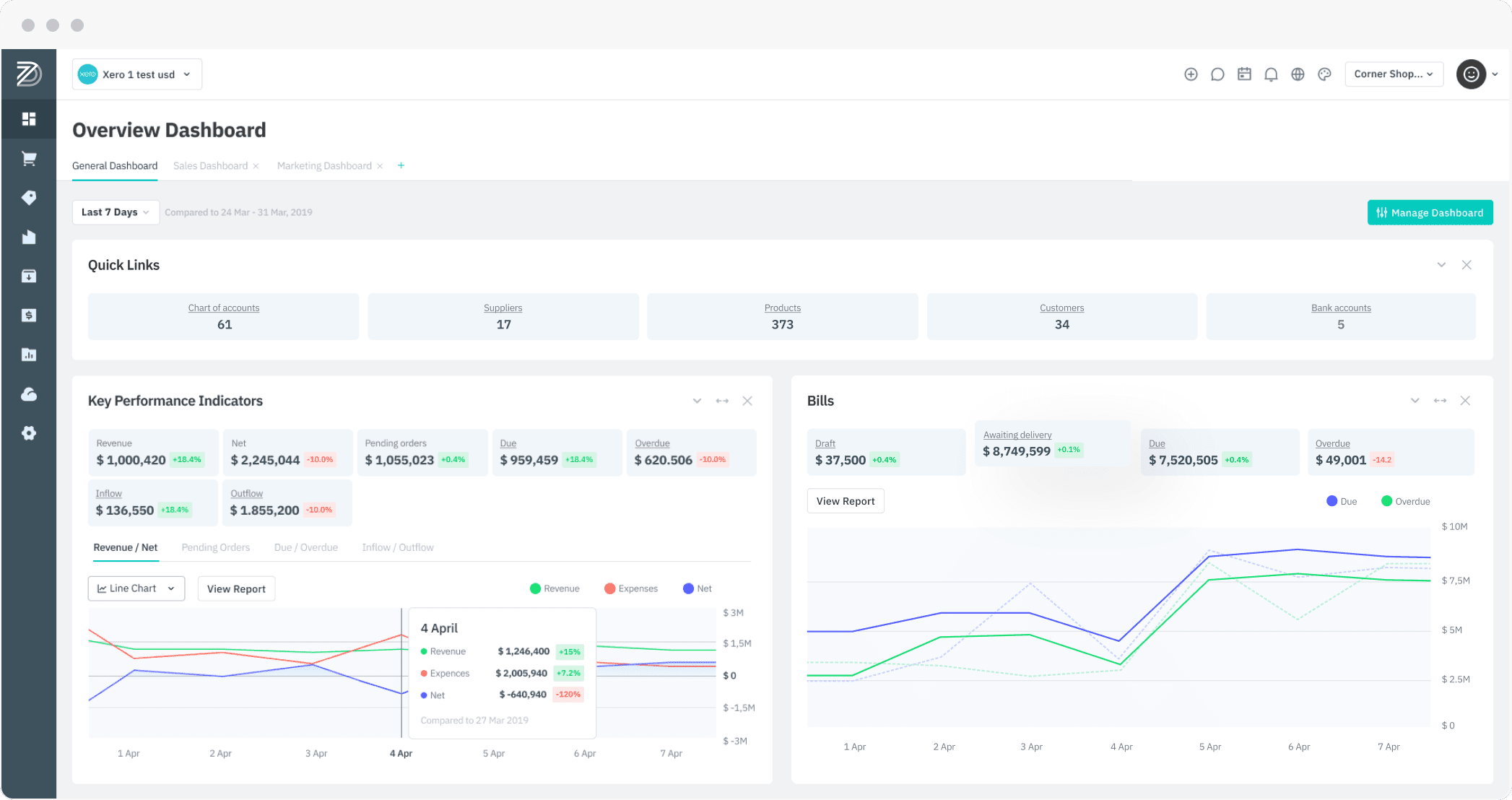Simply put, cross-docking describes a delivery system that eliminates the need for warehousing. In other words, goods coming from a supplier are immediately sorted when they get to the distributor and put directly onto delivery transport. At no time is storage involved.

Let’s take a look at how cross-docking works.
The first essential element in the process is a docking terminal, the physical area where goods can be offloaded, sorted, and put onto other transport for distribution. A docking terminal has two sections: one for inbound and another for outbound.
- Incoming products from the suppliers/manufacturers arrive at the inbound terminal. This transportation method could be by truck, trailer or train.
- At the inbound terminal, the products are unloaded.
- After unloading, the goods are sorted for the next stage. This sorting is destination based. All goods that have to go to a particular area or facility are put together.
- Next, the goods move to the outbound terminal, where the sorted goods are loaded and taken to their destinations.
Companies that are large enough to handle the logistics on their own (like Walmart) use their own distribution centers for cross docking. However, the good news is that for small and medium sized businesses, there are 3PL providers who can handle cross docking for them.
Cross docking vs warehousing
Cross-docking is different from warehousing. Warehousing uses a point-to-point model – the points referring to warehousing and distribution – while cross-docking uses a hub-and-spoke model.
Here, the docking terminal is the hub and the incoming and outgoing deliveries are the spokes. Hub and spoke speeds the whole delivery process up and can result in more deliveries being made.
Why cross-docking is a good idea
1. It reduces cost
The obvious saving is in warehousing. These storage facilities just aren’t needed. And when storage facilities are out of the picture, there are no rental charges for the building, no cost for employees to run and organize the inventory, and no cost for heavy equipment like forklifts to move the goods around.
2. There’s less opportunity for goods to be damaged, spoiled or lost
Let’s face it, when goods are warehoused, they’re handled a lot. They’re taken from delivery to storage, left waiting until the right spot for them is found, and often moved around in storage. Then, when it’s time to deliver them, they’re taken down from these holding areas and put through an entire process before being sent out. A lot can happen in the time taken to go through all this: some items can break, some can walk.
Even more importantly, they can spoil. This is particularly the case with perishables like food and flowers. These items that have a shelf life have to be sent out immediately. That’s where cross-docking works the best.
3. It streamlines your supply chain
Streamlining is the next obvious advantage of cross-docking. Usually, inventory has to be received, recorded in the database, and arranged in the warehouse. It stays there until an order for an item comes in, when it’s pulled down from its storage space – picked – packed, and shipped to the consumer.
Cross-docking cuts right through this. As explained, this hub-and-spoke method sorts goods as soon as they arrive from the supplier, and ships them directly out to consumers. It’s a completely streamlined system.
4. There’s no need for inventory buffers
Inventory buffers are precisely what you think they are: extra goods to make sure you never run out of them. With the traditional warehousing model, you have to have them. They reduce the possibility of stockouts, which is something you want to avoid at all costs when dealing with customer relations. But keeping these inventory buffers to make sure you can always fulfill a customer’s order takes up extra space and costs you more money.
Cross-docking overrides all that. By making a direct connection between your supplier and consumer, you have no need for this buffer inventory.
5. It’s best for raw manufacturing materials
As explained, cross-docking is the perfect fulfillment solution for items that can spoil, like groceries. Being able to receive, sort, and get these perishables out in the shortest amount of time is essential. They have to get to their customers way before their expiration dates, and if there’s an intermediate stage when they’re stored in a warehouse, this might not happen.
Cross-docking can also be helpful when the goods you’re dealing with are the components needed for some kind of production, or raw materials. Say you handle building supplies, for instance. These don’t only take up a lot of storage space, they’re difficult to move around. Being able to deliver them to your customers as soon as you get them is very valuable.
Cross-docking and DEAR Systems
Now that you know what cross-docking is and how advantageous it can be for your business, you’re probably wondering how to implement the system for yourself. It stands to reason that a system like this entails a lot of complicated logistics, and there’s no better way to solve those than with software.
That’s where DEAR Systems comes in. A digital solution dedicated to fulfillment, DEAR can integrate with shipping providers, organizing and coordinating them as it tracks your inventory. The software can also streamline your order management process, handling it for multiple sales channels at the same time. Plus, it’s totally transparent, meaning you can see where your stock is at any stage and keep tabs on the status of your customers’ orders. DEAR also gives you the ability to automatically place new orders with your suppliers.
To learn more about DEAR Systems and how they can help you with cross-docking, call our experts today.






